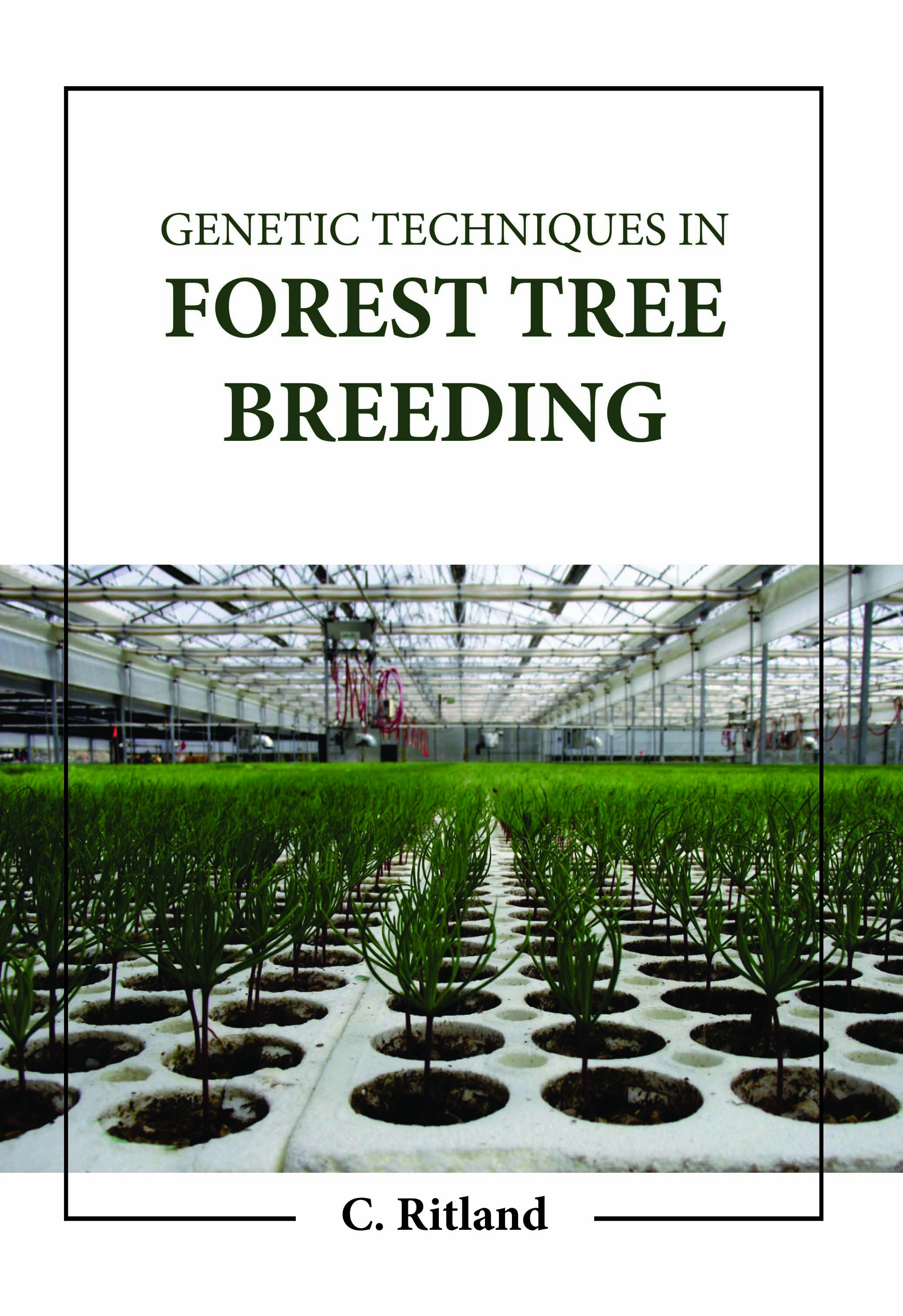
Genetic Techniques in Forest Tree Breeding
by C. Ritland
| ISBN | 9781806245314 |
|---|---|
| Publisher | Digital Drive Learning |
| Copyright Year | 2026 |
| Price | $250.00 |

by C. Ritland
| ISBN | 9781806245314 |
|---|---|
| Publisher | Digital Drive Learning |
| Copyright Year | 2026 |
| Price | $250.00 |
As the foundation for significant industrial divisions that use wood as a raw material, the forestry industry is one of the most developed in the world. Tree breeding has been crucial in boosting the competitiveness of forestry-based businesses, particularly due to its favorable effects on adaptability, forestry output, and wood quality. Forest trees provide for human needs and make numerous, varied contributions to natural ecosystems. They are significant commodities due to their sources of fuel and fiber. They have important ecological roles in plant and animal communities since they are the dominating inhabitants of many natural environments. Forests are a tremendous source of natural diversity since they provide a habitat for various organisms. Mendelian and population genetics are two fundamental genetic theories frequently utilized in forestry and tree enhancement investigations, and they are both examined in Forest Genetics. Additionally, it discusses methods such as species and race hybridization, the introduction of exotics, provenance testing, individual tree selection and breeding that are generally helpful in tree enhancement activities. Understanding the development and biogeography of tree species as well as developing ways to identify and safeguard endangered populations depend on descriptions of the genetic diversity and makeup of forest tree populations. In order to comprehend how environmental change, habitat fragmentation, and invasive species affect the long-term survival of tree populations, researchers have identified special and endangered populations and are employing population genetic methods to do so. The survival of our forest tree species in a very changeable environment is ensured by sufficient genetic variety. Through international agreements, Finland has committed to protecting genetic variety and resources, which is a crucial component of biodiversity conservation. The variation between individuals of the same species is genetic diversity. For post-graduate students, researchers, teachers, and undergraduate students concentrating on an advanced course in forest genetics and tree improvement, the current book has been intended as a text/reference book. The book is anticipated to be extremely helpful to them all.